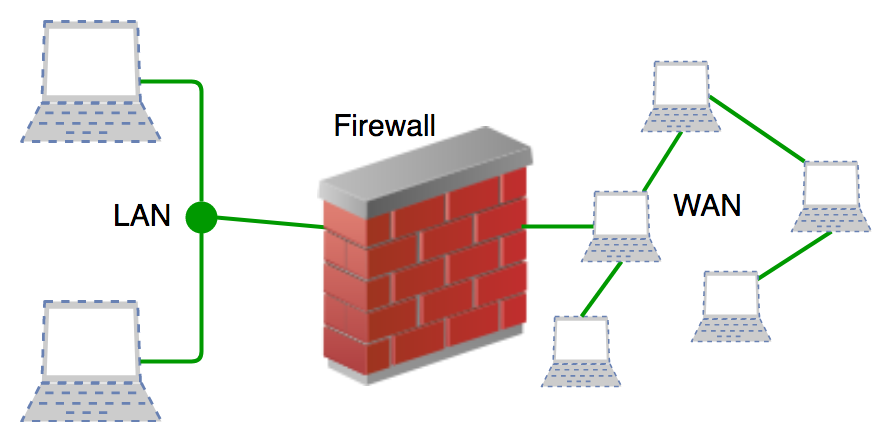A software tool that protects the perimeter of a computer system running a web application by inspecting HTTP traffic and identifying malicious requests. A web threat shield is also called a content security protector, or just a web firewall. Software tools like firewalls or SSL certificates protect the perimeter of computers connected to the Internet, usually from malicious inbound traffic on an otherwise publicly accessible network. The term Web Threat Shield is applied when such protections are implemented at the HTTP layer of an application rather than at its TCP layer (e.g., using protocol-agnostic IPsec). A firewall is typically a device that is placed near a computer or remote Internet-facing host and monitors the port and IP traffic of the computer or remote host. If it detects traffic that is being sent to a service on which it is acting as the firewall, it may drop or discard that traffic. This can be used to protect against many types of attacks from both internal and external sources.

Features of Web Threat Shield:
The Web threat shield scans HTTP communication between clients and web servers for exciting things like HTTP parameter injection, cookie poisoning, header modification, and XSS vulnerabilities. The web threat shield also checks for open redirects using a simple inspection of requests in your top-level domain (TLD). This means if your website is hosted in. The web threat shield is also able to work with external resources, like databases. The web threat shield can scan these connections for SQL injection and other vulnerabilities. They can also be used to host content or redirect websites, allowing external sites to control what the user sees without having the user log in to your site. This can allow you to test the security of your website by redirecting users onto a secure server, so they do not see any malicious content.
Advantages:
- The web threat shield is a complete solution that is designed to help protect your website from hackers and external threats.
- It has the ability to inspect HTTP traffic and identify malicious requests.
- This can then be used to prevent certain users from accessing certain areas of your website.
- It can also be used to redirect users onto secure servers, so they do not see any malicious content.
- It also has the ability to monitor database traffic for vulnerabilities like SQL injection, giving you extra protection from hackers who want to find ways into your database.
Key points:
- The web threat shield is an amazing solution that can assist you in preventing website hackers, allowing you to monitor database connections, and allowing you to test your security.
- There are two versions of the web threat shield: free and paid.
- The free version has limited functionality, but it will scan HTTP sessions and external resources.
- The paid version may be used on larger websites that can use more complex features such as monitoring database connections for vulnerabilities before they affect the backend, or redirecting users to a secure server that scans for malicious content before redirection occurs.
Conclusion: A web threat shield is a great tool for protecting your website from hackers and keeping it secure.





 Hlo guys wellcome to our community its non profit community made for hackers
and we are helping people to know scam and fraud and developing new things of hacking to get up in digital world 🌎 so let’s start 🎖
Hlo guys wellcome to our community its non profit community made for hackers
and we are helping people to know scam and fraud and developing new things of hacking to get up in digital world 🌎 so let’s start 🎖